Russian Manchu Han Imperial Feast!!!!
Borscht
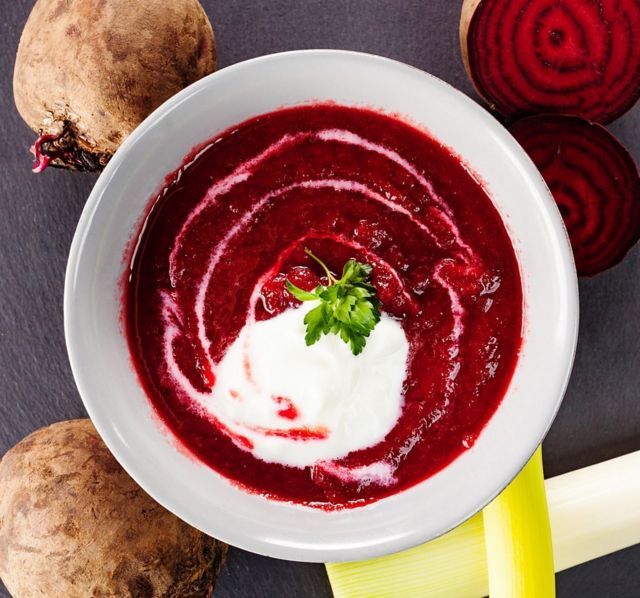
Borscht is a thick vegetable soup, delicious both hot and cold.
Borscht, as the name suggests, mainly uses sweet beetroot (hence the soup is mostly reddish-purple), with potatoes, carrots, onions, and beef chunks.
Russians usually add a spoonful of sour cream to borscht for extra flavor. Remember to decide if you want sour cream when ordering!
If you're having this soup at home, remember to stay away from carpets.
- Letter from a Reporter: The New Korean Wave - "Foodie" Reality Show
- Trump talks about Russia, Putin and Xi Jinping eat pancakes
Solyanka
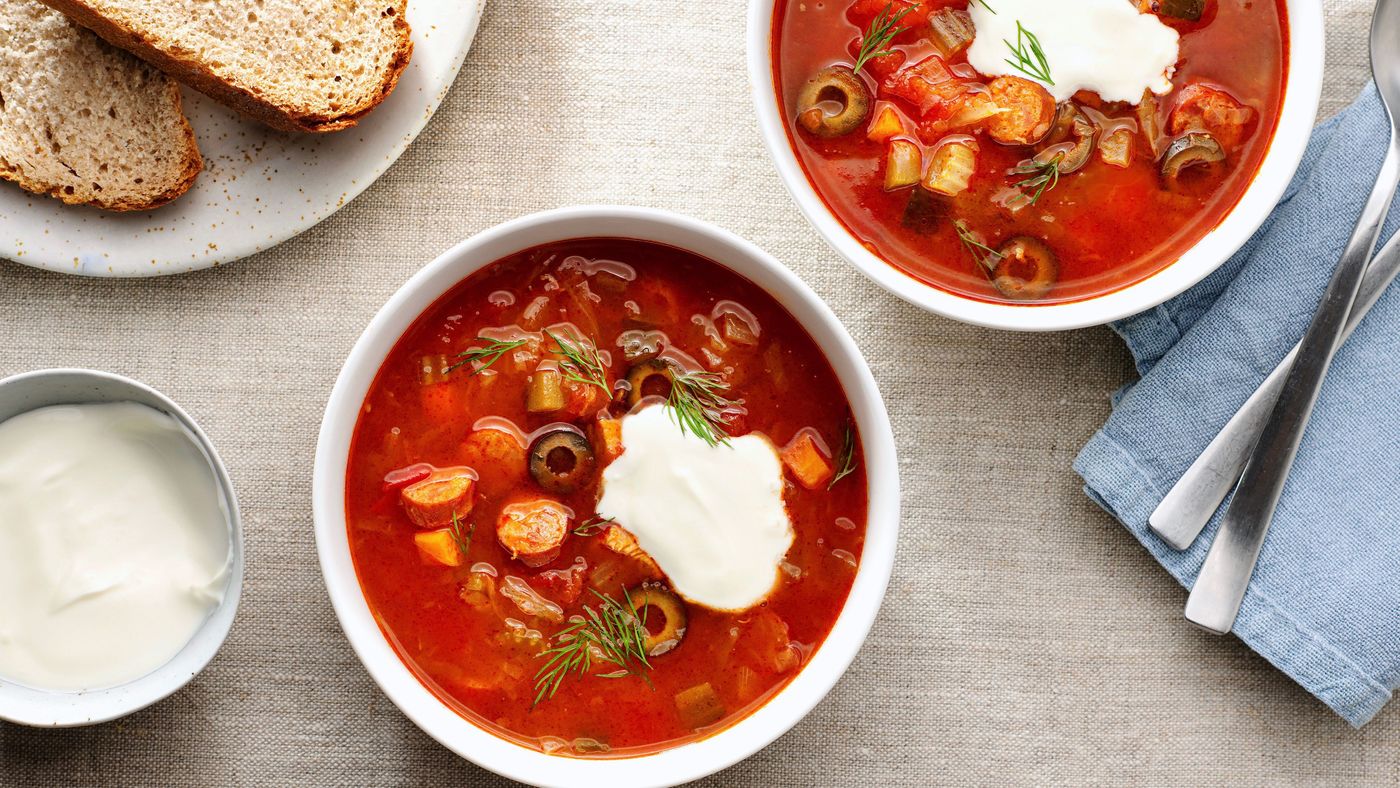
This spicy and sour thick soup is also known as "Russian soup" (Luosongtang in Chinese).
It is said that the name "Luosongtang" comes from the transliteration of "Russian soup," originating from pidgin English in Shanghai in early years.
Solyanka generally comes in three flavors: fish, meat, and mushroom. Traditionally, this soup is also made with pickled gherkins and brine. And "salt" is the Russian name for this dish.
The most crucial point is that it is also said to be a hangover soup. It can be used for celebrating a team's victory or for drowning sorrows.
Blini
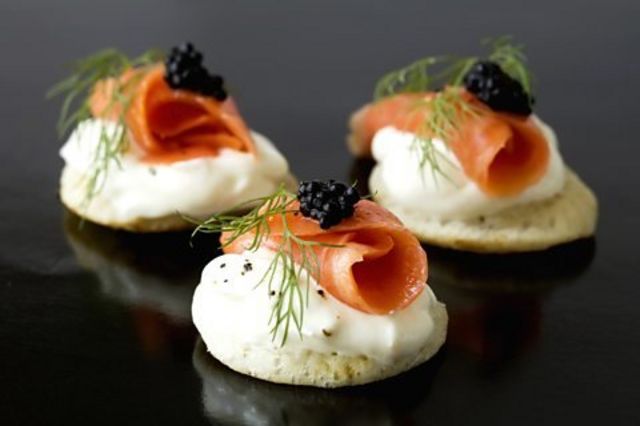

Blini, the Russian version of pancakes, combines Chinese-style griddle cakes and French crepes, and can be savory or sweet.
The batter is made from flour, milk, butter, sugar, or salt, and quickly fried on a special griddle.
Savory blini are usually topped with smoked salmon, mushrooms, or caviar; sweet blini are spread with jam and condensed milk.
Caviar
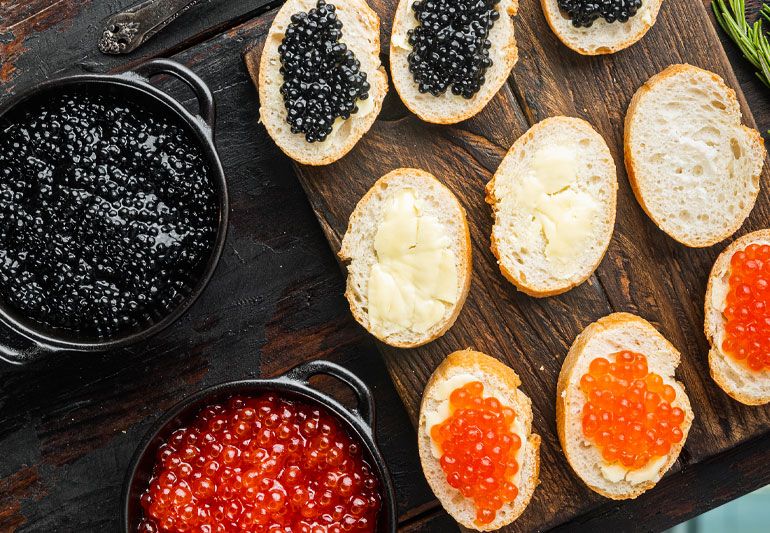
Russian caviar, along with foie gras and truffles, is listed as one of the "three great delicacies of the West," traditionally made from the roe of sturgeon.
- Xi Jinping's common touch: queuing up to buy steamed buns
- The eight most expensive ingredients in the world - are any in your New Year's Eve dinner?
Today, caviar made from the roe of various fish is sold worldwide, but the finest caviar still comes from three species of sturgeon found in the Caspian and Black Seas.
Caviar is generally added to soup or eaten with bread or crackers, or it can be eaten alone.
However, remember not to use silver or metal spoons, as these metals can destroy the fresh taste of the caviar. So, when eating caviar, remember to bring out your bone, natural horn, or mother-of-pearl spoons from home.
Shashlik
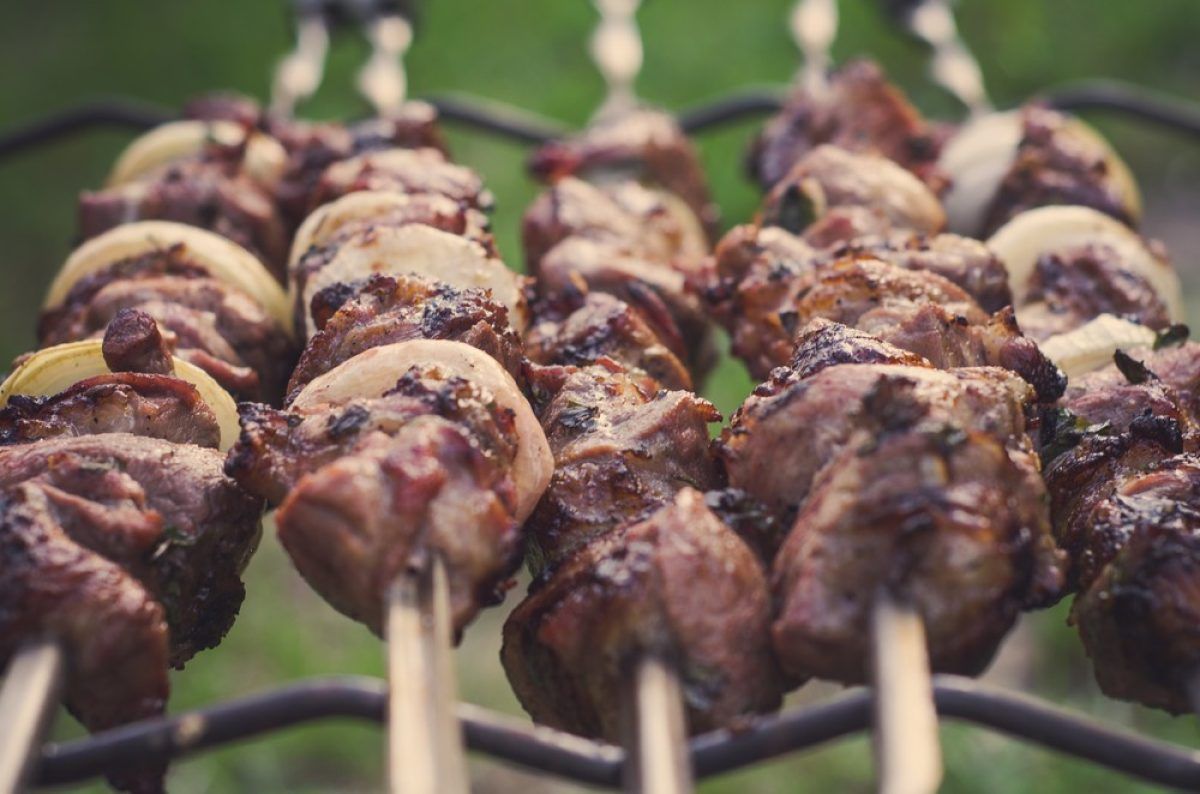
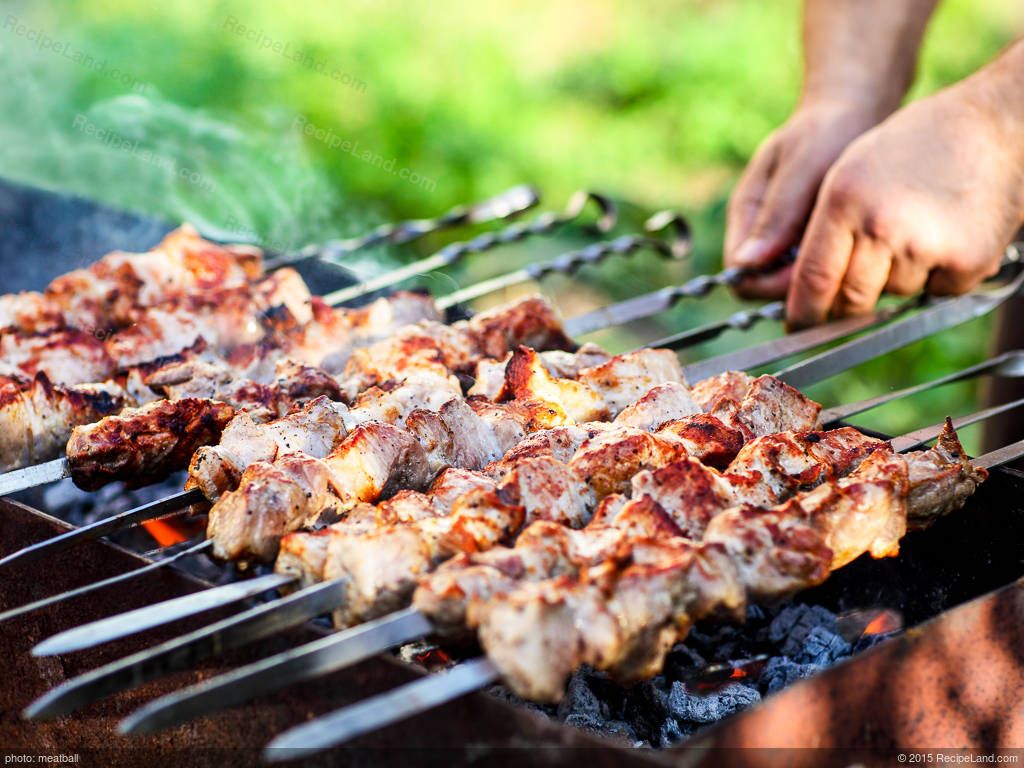
Russian shashlik originated from Turkish charcoal-grilled meat, tender and juicy, and was introduced to Russia in the mid-18th century.
Shashlik can be lamb, beef, chicken, or salmon skewers, usually eaten with bread and pickled cucumbers. For those accustomed to finely cut skewers, the large chunks of Russian shashlik will surely give a hearty taste of how northern peoples enjoy eating meat.
Olivier salad
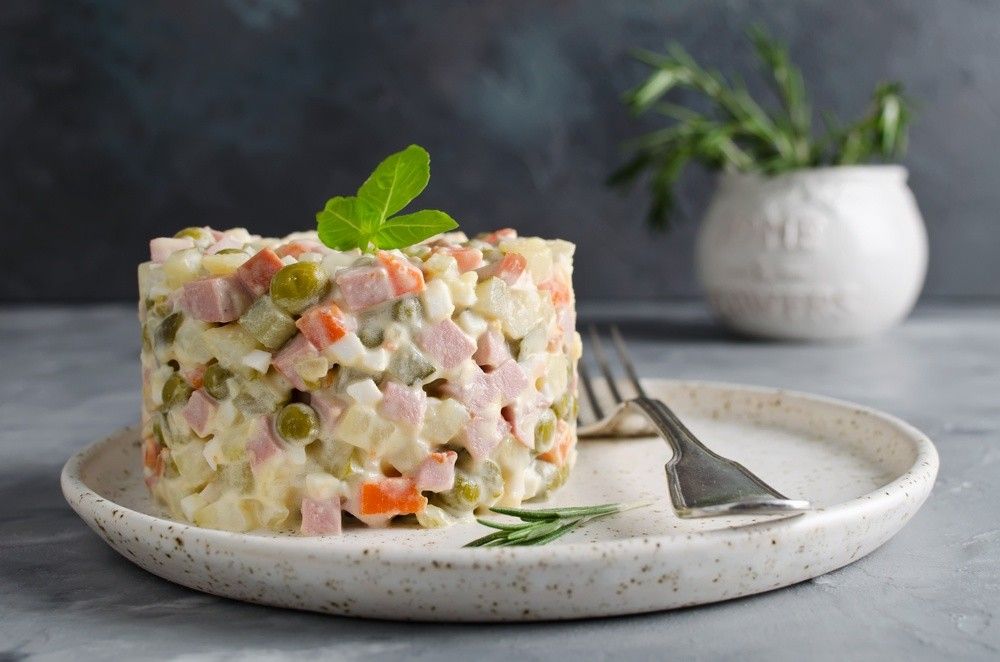
The world-famous Olivier salad is a cold dish with diced boiled potatoes, carrots, pickled cucumbers, boiled eggs, meat, and peas, mixed with mayonnaise.
In fact, Olivier, who invented this salad, was not Russian, but a famous chef from Belgium.
In the 1860s, Olivier was the head chef of a famous restaurant in Moscow. The dish he invented was unique at the time and immediately became the restaurant's signature dish.
The recipe for this dish, especially the dressing for the cold salad, was a top commercial secret of the restaurant, strictly guarded for a considerable period, until it was first revealed in 1894.
Pelmeni
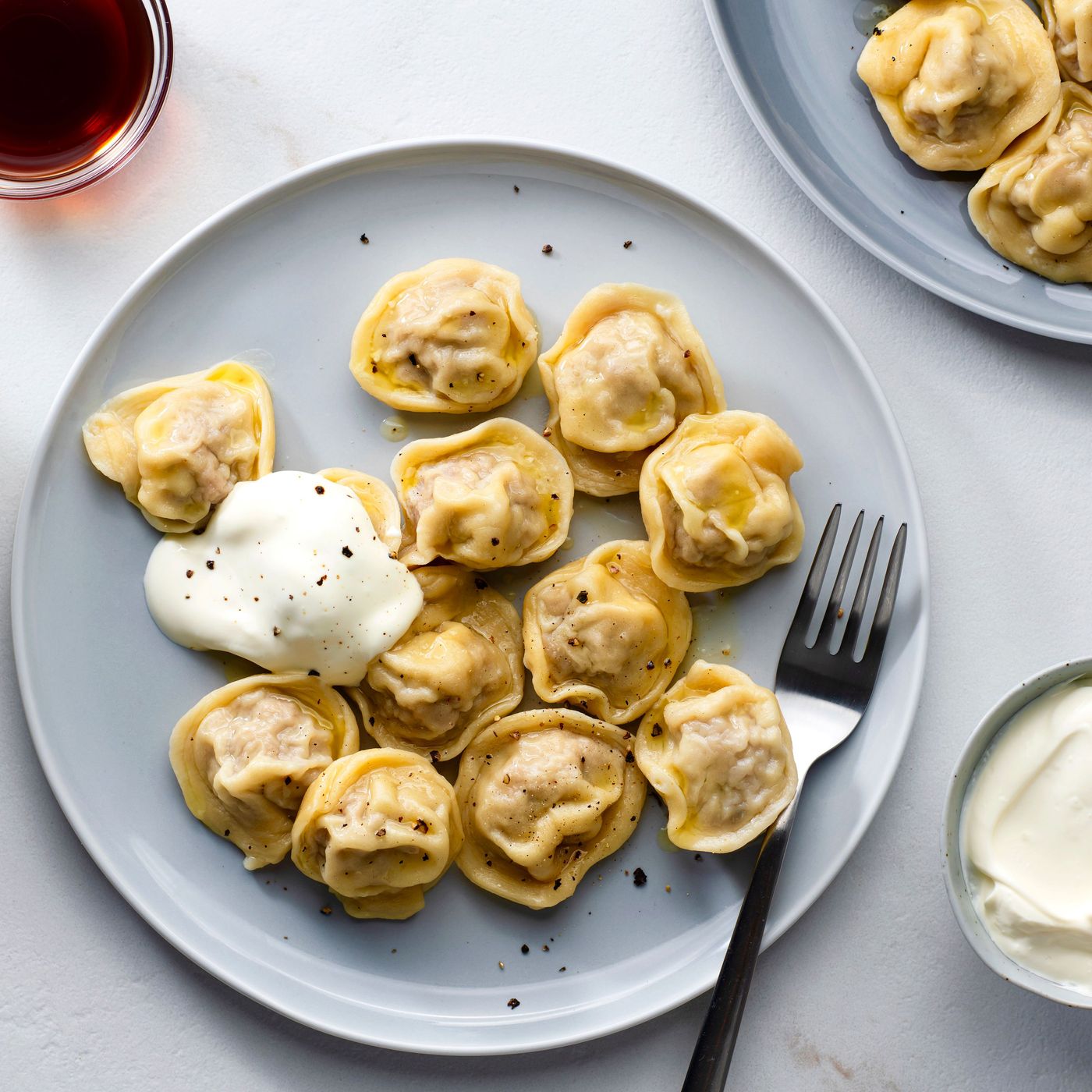
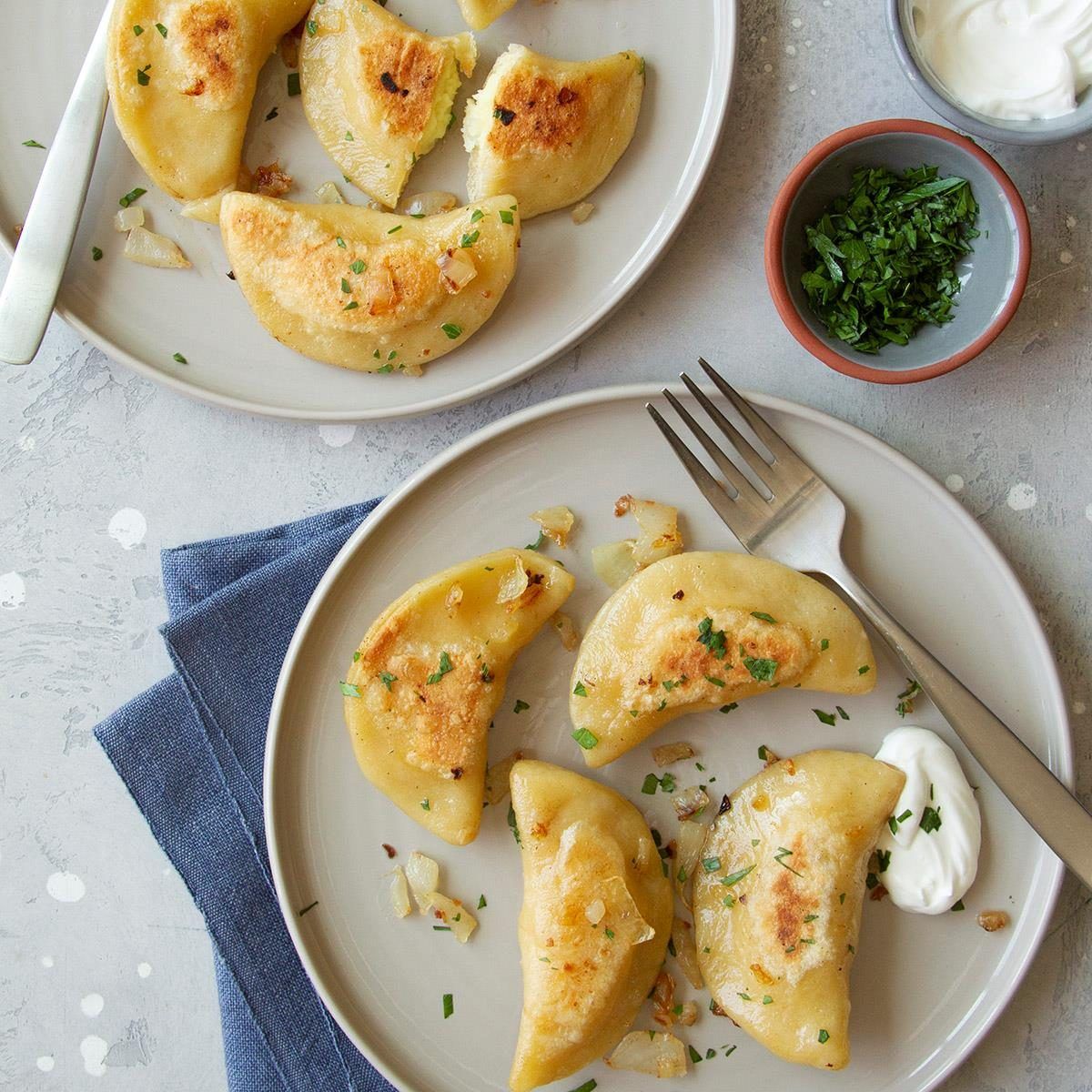
Similar to traditional Chinese dumplings, Russian dumplings offer more filling options, including lamb, pork, beef with onions and mushrooms, as well as cheese and fruit fillings.
The shape of Russian dumplings has also been expanded, with some being round and others square.
Dumplings are boiled in water or broth, can then be pan-fried until golden, or eaten with soup, similar to Chinese wontons.
Pirozhki
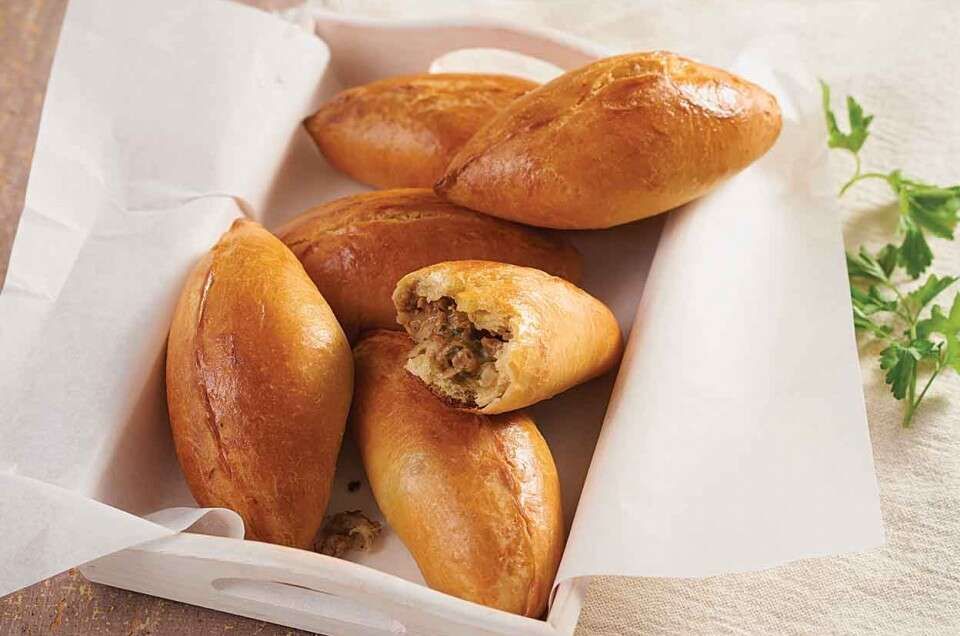
Pies are popular worldwide. What we call "餡餅" (xiànbǐng) in Chinese is called "pie" in the West.
In Russia, this food, made by wrapping filling in dough and baking or frying it, is called Pirozhki.
Pirozhki fillings can be sweet or savory. The easiest way to eat them, of course, is to pick them up by hand and put them directly into your mouth.
Golubtsy
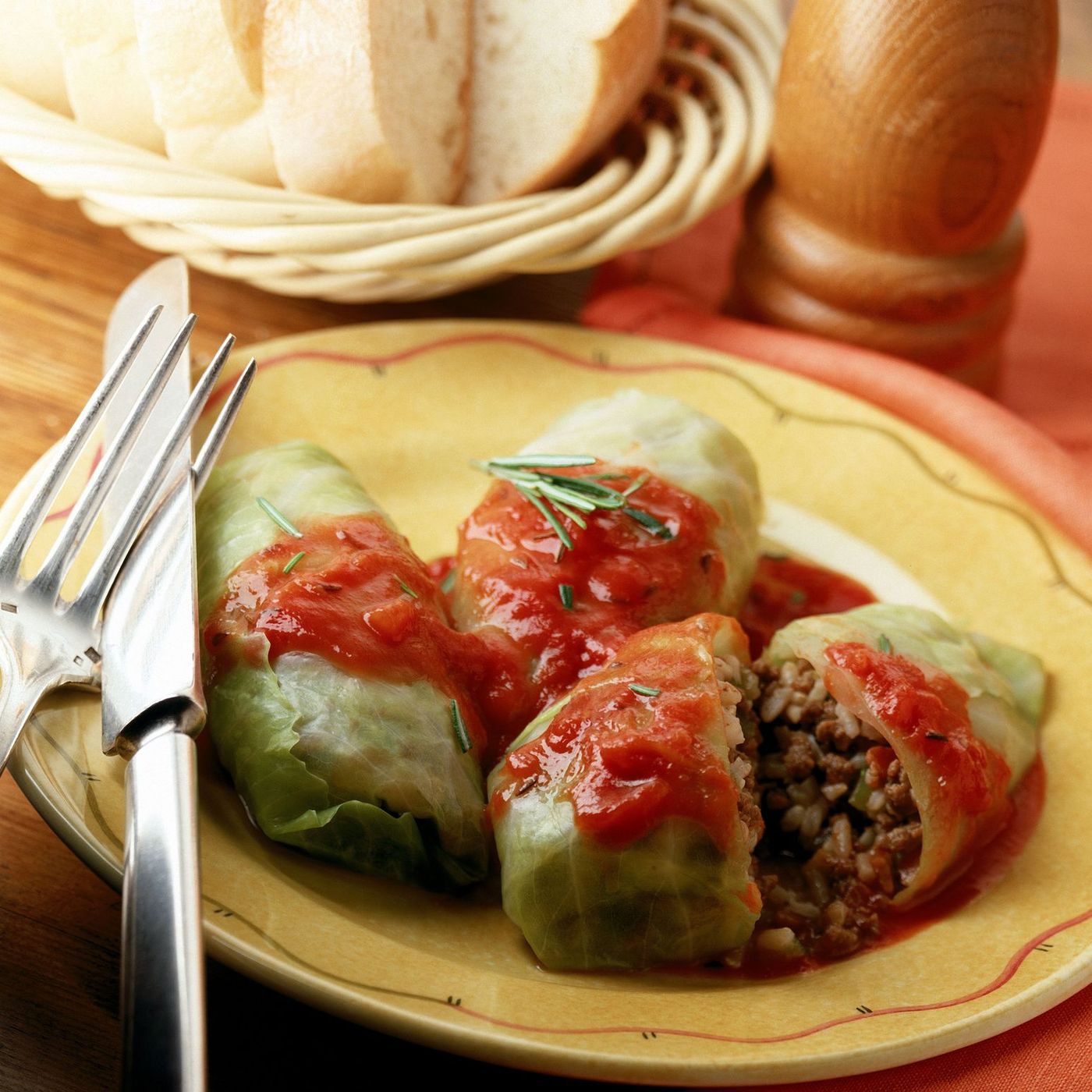
Meat and vegetables, or even rice, wrapped in cabbage leaves and steamed, make the famous Russian Golubtsy.
Tula Pryanik
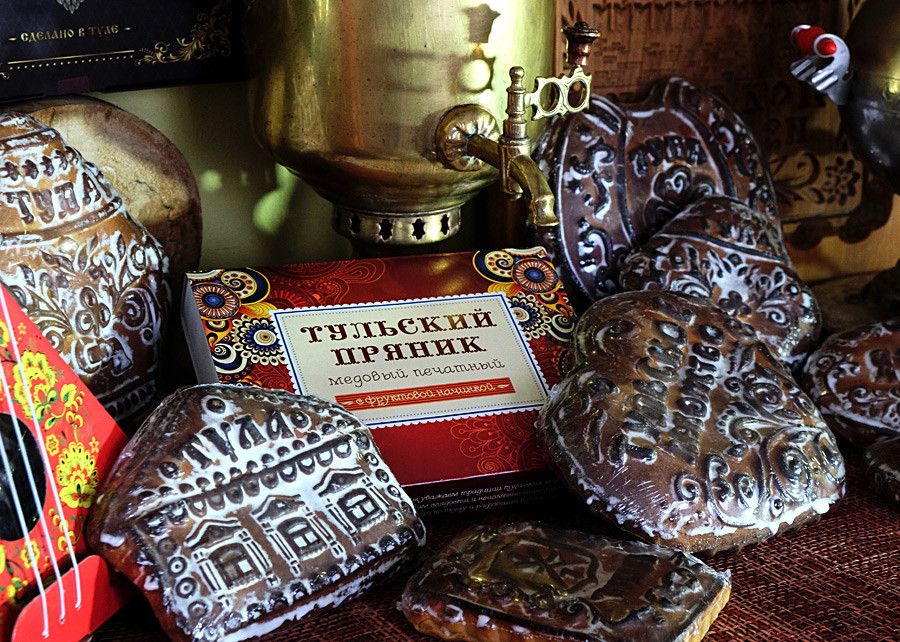
After the main course, have a dessert. Russian Tula Pryanik is the most distinctive pastry.
This is a snack from the city of Tula, about 120 miles south of Moscow, shaped squarely, baked since the 17th century, and usually filled with jam or condensed milk.
Alright~ Which one do you want to try the most? Remember to tell me in the comments below!
Like my work? Don't forget to support and clap, let me know that you are with me on the road of creation. Keep this enthusiasm together!




